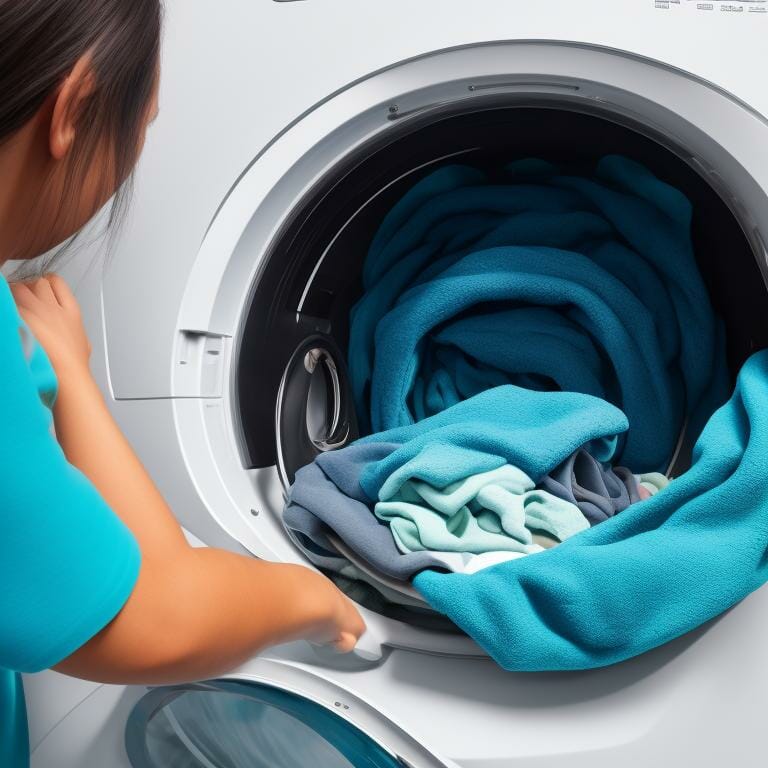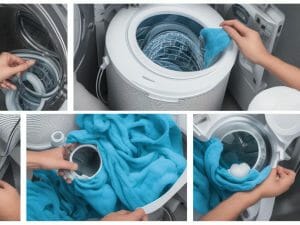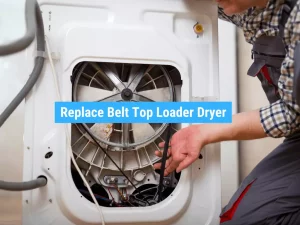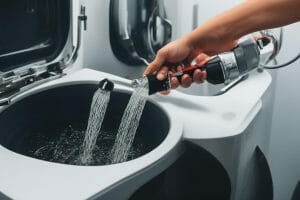Tips to Extend the Life of Your Top Loader
Welcome to the ultimate guide on how to extend the life of your top loader.
Your washing machine is more than just an appliance; it’s a symbol of your household’s cleanliness and efficiency.
In this article, we will share with you expert tips and tricks to ensure that your top loader remains in tip-top shape for years to come.
From proper installation to troubleshooting and repair, we’ve got you covered.
So, let’s dive in and make your washing experience a flawless one.
Key Takeaways
Proper Installation
Properly installing your top loader is essential to ensure its longevity. Many people make common installation mistakes that can lead to various issues down the line.
One common mistake is not leveling the machine properly, which can result in excessive vibrations during the spin cycle.
Another mistake is not connecting the water hoses securely, leading to leaks and potential water damage.
By opting for professional installation, you can avoid these pitfalls and enjoy the benefits it offers.
Professional installers have the expertise to level the machine accurately, ensuring smooth and quiet operation. They also have the necessary tools to securely connect the water hoses, preventing leaks.
Investing in professional installation not only saves you time and effort but also provides peace of mind, knowing that your top loader is installed correctly, maximizing its lifespan.
Regular Cleaning and Maintenance
To keep your top loader running smoothly, make sure you regularly clean and maintain it. By following proper cleaning techniques and sticking to a maintenance schedule, you can ensure the longevity of your machine.
Here are three essential steps to keep in mind:
Load Size and Distribution
Make sure you’re mindful of the load size and distribution when using your top loader. Proper load capacity and load balancing are crucial for the optimal functioning of your machine and for extending its lifespan. Overloading the machine can cause excessive strain on the motor and other components, leading to premature wear and tear. On the other hand, underloading the machine may result in an inefficient use of water and energy. To help you understand the load size and distribution better, take a look at the table below:
| Load Size | Recommended Capacity |
|---|---|
| Small | 3-4 kg |
| Medium | 5-6 kg |
| Large | 7-8 kg |
Water Temperature and Detergent Selection
When using your top loader, it’s important to consider the water temperature and choose the right detergent. The water temperature effects how well your clothes are cleaned and how long they will last. To help you understand the importance of water temperature and detergent selection, here are three key points to keep in mind:
Choosing the right detergent is equally important. Look for detergents that are specifically formulated for your water temperature and laundry needs. They should be effective in removing stains and keeping your clothes looking their best. By considering the water temperature and selecting the appropriate detergent, you can ensure that your top loader performs optimally and your clothes last longer.
Avoid Overloading and Unbalanced Loads
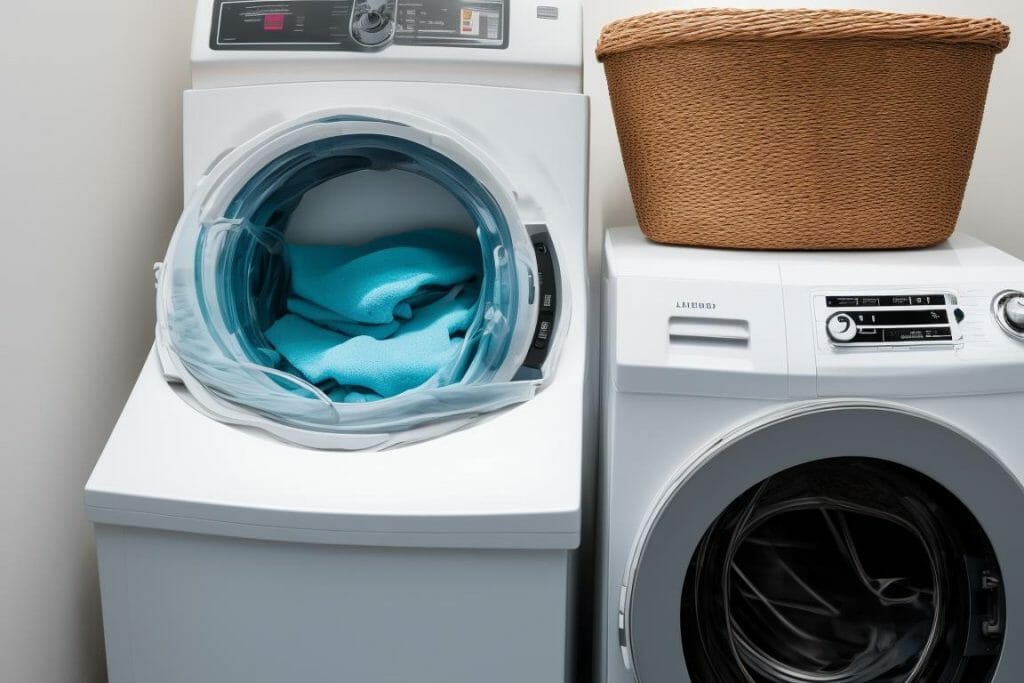
When it comes to proper load distribution in your washing machine, you need to ensure that your clothes are evenly spread out. Avoid piling up too much laundry on one side, as this can cause the machine to become unbalanced during the spin cycle.
Additionally, it is crucial to avoid excessive weight by not overloading the machine with too many clothes, as this can put strain on the motor and other components.
Proper Load Distribution
To properly distribute the load in your top loader, you should ensure that the weight is evenly distributed throughout the drum. This will help maintain load balance and prevent unnecessary strain on the machine. Here are three important steps to follow when distributing your laundry load:
Avoid Excessive Weight
Avoiding excessive weight in your top loader can prevent strain on the machine and potential damage to its components. Proper weight management is essential for the longevity of your appliance.
When loading your top loader, it is crucial to distribute the weight evenly. Uneven weight distribution can lead to strain on the motor and suspension system, causing unnecessary wear and tear.
To avoid strain, ensure that the load is balanced and does not exceed the recommended weight limit specified by the manufacturer. Additionally, refrain from overloading the machine as it can put excessive pressure on the drum and impede its proper functioning.
Balance for Smooth Operation
For smooth operation, make sure the weight in your top loader is evenly distributed and does not exceed the recommended limit. Proper leveling and vibration reduction techniques are essential to maintain the longevity of your machine. Follow these steps to achieve optimal balance and minimize vibrations:
Protecting the Drum and Agitator
When it comes to protecting the drum and agitator of your top loader, there are a few key points to keep in mind.
Covering the drum can help prevent damage from external factors such as dust, lint, and small objects.
It is important to take measures to prevent agitator damage by avoiding overloading the machine and ensuring that the load is balanced properly.
Covering the Drum
To keep your top loader in good condition, it’s important to cover the drum when it’s not in use. This simple step can prevent dust, lint, and other debris from accumulating in the drum, keeping it clean and functioning optimally. Here are three drum protection tips to help you extend the life of your top loader:
Preventing Agitator Damage
To prevent damage to the agitator, regularly check for any loose or broken parts and promptly replace them to ensure smooth and efficient operation.
The agitator is a crucial component of your top loader, responsible for moving the clothes around during the wash cycle. Loose or broken parts can not only affect the agitator’s performance but also lead to fabric damage.
By conducting regular inspections, you can identify any potential issues early on and take immediate action. Additionally, maintaining the agitator helps in reducing vibration and noise during the wash cycle.
Properly functioning agitators contribute to a quieter and more stable washing experience. So, take the time to inspect and maintain your agitator regularly to avoid fabric damage and enjoy a peaceful laundry routine.
Troubleshooting and Repair Tips
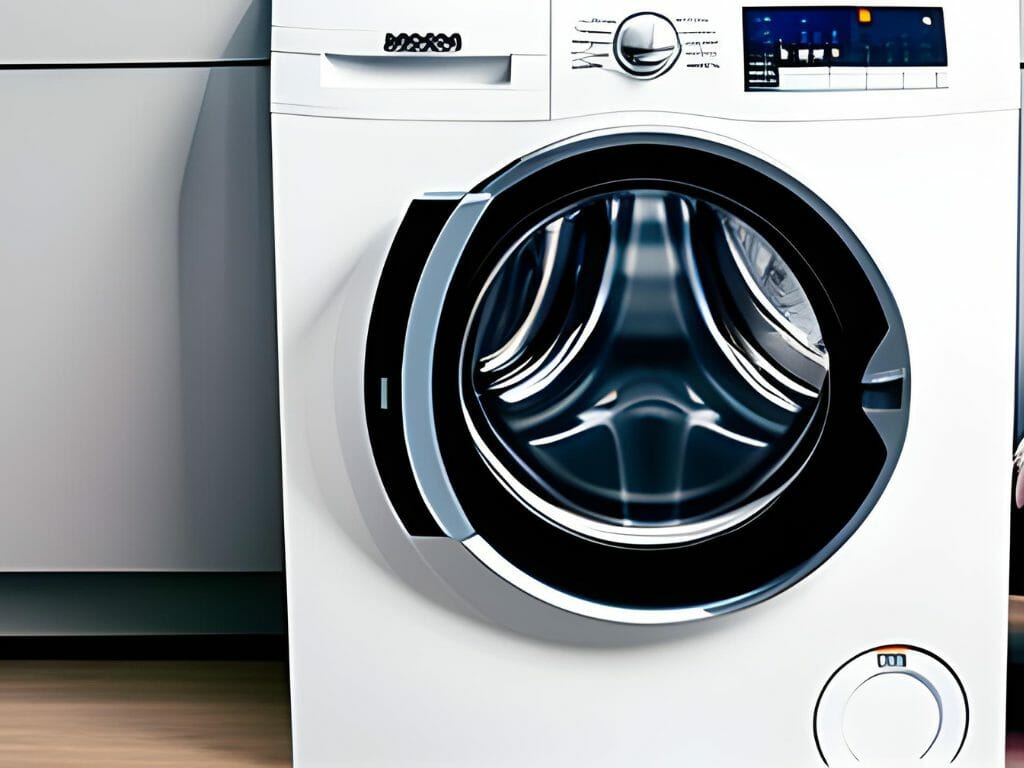
If your top loader is experiencing issues, you can try troubleshooting and using these repair tips to extend its life.
Here are three techniques that can help you get your machine back in working order:
Frequently Asked Questions
Can I Use Bleach in My Top Loader to Clean the Drum and Remove Stains?
Yes, you can use bleach in your top loader to clean the drum and remove stains. However, there are also bleach alternatives available that can effectively remove stains without the use of bleach.
How Often Should I Replace the Hoses and Water Inlet Valve in My Top Loader?
To prevent mold in your top loader and avoid common issues with hoses, it’s important to regularly replace the hoses and water inlet valves. This ensures optimal performance and extends the life of your machine.
Is It Safe to Wash Delicate Items in a Top Loader?
When it comes to washing delicate items in a top loader, there are a few dos and don’ts to keep in mind. Exploring the differences between top loaders and front loaders can help you decide which is better for delicate items.
Can I Use Fabric Softener in My Top Loader?
Yes, you can use fabric softener in your top loader. However, using vinegar as a fabric softener alternative is a safer option. To properly clean the agitator, consult the manufacturer’s instructions for your specific top loader model.
What Should I Do if My Top Loader Starts Leaking Water During a Cycle?
If your top loader starts leaking water during a cycle, there are troubleshooting tips you can follow to prevent water leakage. Check the hoses, drain pump, and door seal for any damage or clogs.
Conclusion
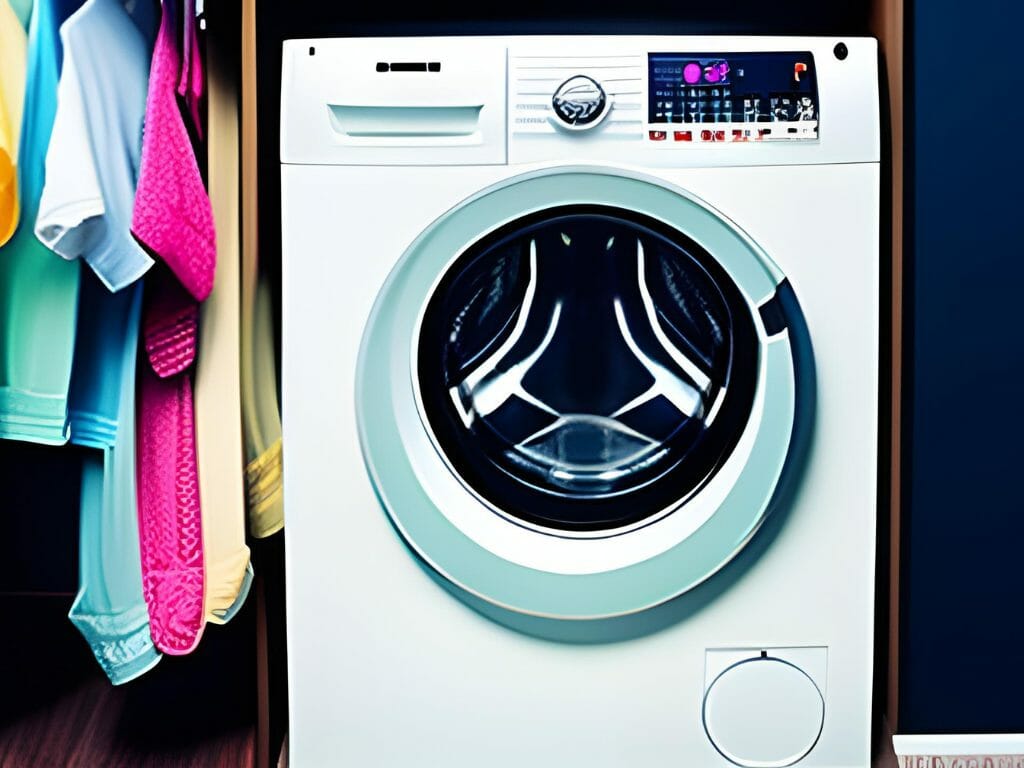
In conclusion, by following these tips and taking Troubleshooting and Repair Tips, you can significantly extend its lifespan.
Remember to install it correctly, clean and maintain it regularly, consider load size and distribution, select the appropriate water temperature and detergent, avoid overloading and unbalanced loads, and protect the drum and agitator.
If you encounter any issues, refer to the troubleshooting and repair tips mentioned. By implementing these practices, you can ensure that your top loader continues to function efficiently for years to come.
So go ahead and give your top loader the attention it deserves, and enjoy its reliable performance for a long time.

